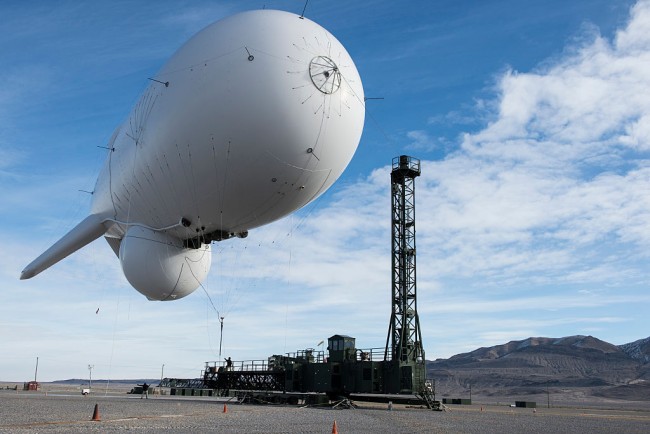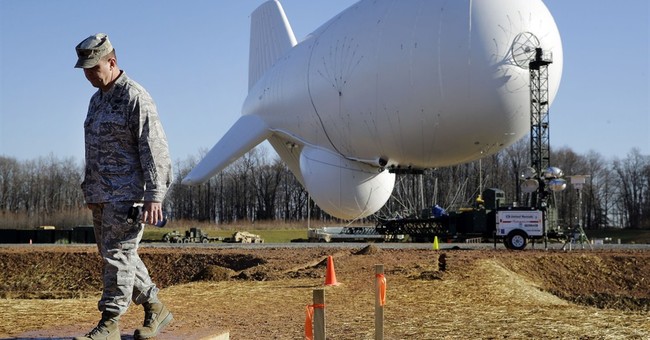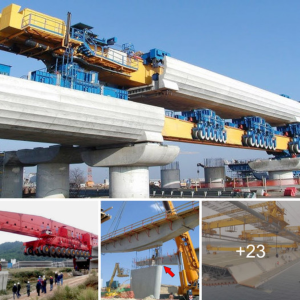The Pentagon’s New Approach: High-Altitude Balloons and Their Growing Role
In a bid to stay ahead of the competition posed by China and Russia, the Pentagon is quietly exploring an unconventional avenue: high-altitude balloons. These high-flying inflatables, cruising at altitudes ranging from 60,000 to 90,000 feet, are poised to become integral components of the Pentagon’s extensive surveillance network and potentially play a role in tracking hypersonic weapons.

Although it may sound like something out of science fiction, budget documents from the Pentagon indicate that this technology is transitioning from the realm of the Department of Defense’s scientific community to the military services. Tom Karako, a senior fellow at the Center for Strategic and International Studies, sees great potential in high-altitude platforms, noting their endurance, maneuverability, and flexibility in carrying multiple payloads.
The Pentagon’s investment in balloon projects is substantial, with approximately $3.8 million allocated over the past two years and plans to spend $27.1 million in fiscal year 2023 for ongoing efforts. Simultaneously, the Pentagon is also working on its hypersonic weapons program, despite recent test failures. The silver lining for the United States is that these balloons could assist in tracking and deterring the development of hypersonic weapons, potentially bolstering existing satellite capabilities. These teardrop-shaped balloons are equipped to collect complex data and employ AI algorithms for navigation.

High-altitude balloons have been part of the Department of Defense’s arsenal for several years, often used in tests alongside solar-powered drones for data collection, ground communication support, and satellite issue mitigation. Notably, the Pentagon is in the process of transitioning these balloon projects to the military services, focusing on data collection and information transmission to aircraft.
One such project, the Covert Long-Dwell Stratospheric Architecture (COLD STAR), initially designed to locate drug traffickers, made headlines in 2019 when 25 surveillance balloons were launched from South Dakota as part of a demonstration. While details remain classified, the Pentagon has confirmed the transition of the COLD STAR program to the military services.
Furthermore, the Pentagon is working on a strategy that integrates high-altitude balloons and commercial satellites, referred to as the “kill chain.” These balloons can serve various functions, from acting as communication and datalink nodes to tracking air and missile threats, all without the predictable orbits of satellites.

The Pentagon is also exploring the use of drones equipped with “stratospheric payloads” in conjunction with balloons to track mobile ground targets, provide communication, and intercept electronic signals. This technology is slated to transition to the Army and U.S. Special Operations Command.
Tracking ground targets efficiently is a priority for the Pentagon, particularly as the Air Force phases out its airborne surveillance aircraft.
The balloons used for these projects are not your typical party decorations. Produced by Raven Aerostar, a division of Raven Industries, they feature a flight control unit powered by renewable solar panels. These balloons also house a payload electronics package responsible for flight safety, navigation, and communication. Wind currents play a crucial role in guiding the balloons along desired flight paths, with proprietary machine-learning algorithms predicting wind directions in real time.
The cost-effectiveness of these balloons cannot be overstated. Launching and operating them for weeks or months costs a fraction of what it would take to operate aircraft or satellites for the same period. This budget-friendly approach makes high-altitude balloons an attractive option.

While the idea of high-altitude balloons may seem novel, it’s not the first time they’ve been employed for various purposes. NASA used helium-filled stratospheric balloons as far back as the 1950s, and recent years have seen the Army experimenting with similar systems at lower altitudes.
The private sector, too, has invested in the balloon market, with Alphabet deploying balloons to provide mobile communications in Puerto Rico after Hurricane Maria. The Army, in the mid-2010s, explored a spy blimp program called the Joint Land Attack Cruise Missile Elevated Netted Sensor System (JLENS), which was eventually canceled in 2017. The balloons currently in use are smaller, lighter, and capable of flying at significantly higher altitudes than the JLENS program.
In hindsight, the JLENS program faced its share of challenges, including a notorious incident where a blimp broke free from its mooring station near Baltimore. However, experts like Tom Karako believe that it’s time to move past these setbacks and embrace the potential of dirigibles, balloons, and aerostats. If successful, these unconventional high-altitude platforms could play a pivotal role in bolstering U.S. defense capabilities and tracking emerging threats.





